A new generation of wealthy, globally aware and media-savvy Chinese collectors made its mark in the world of art and it wasn’t long until luxury brands picked up on the cue. If it wasn’t already the case before, it was now clear to the art world and luxury houses alike that China was an essential market to seduce, and so, they joined forces.
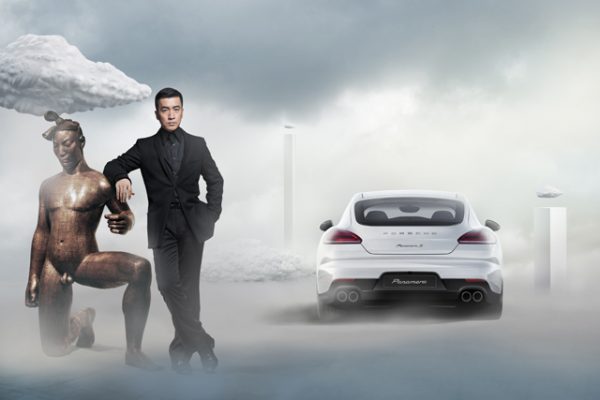
Collaborations between luxury brands and artists are nothing new in Asia. What is new, however, is the focus Western luxury brands are placing on Chinese contemporary artists, specifically. With market interest remaining steadily strong for Chinese contemporary art in the last few years, it’s a clever bandwagon to latch onto.
And it goes both ways. Such crossover collaborations enable artists’ works to be seen by a wider and more international audience, and give them the freedom to create something truly extraordinary.
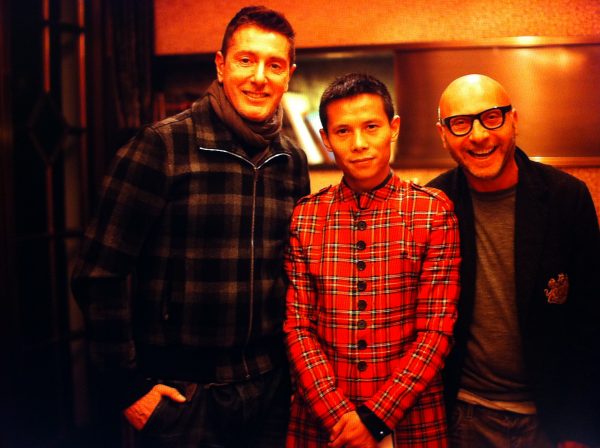
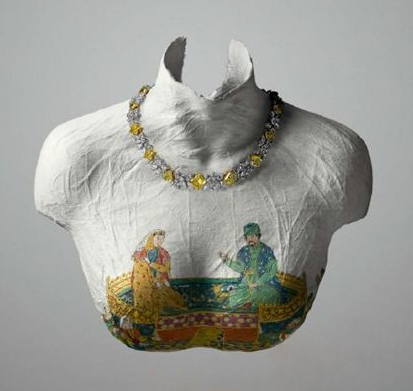
To some artists though, the whole point of such collaborations is precisely to challenge themselves, and the brand, and explore unfamiliar creative territory.
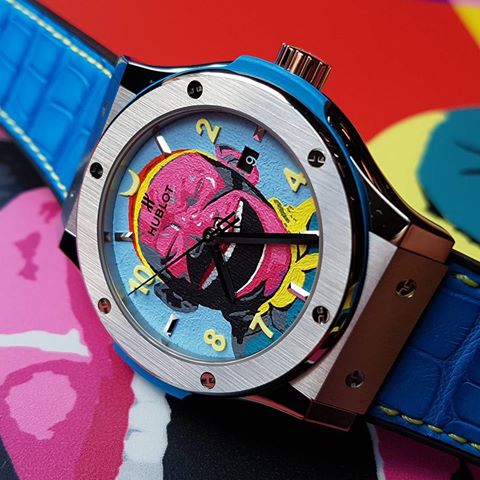
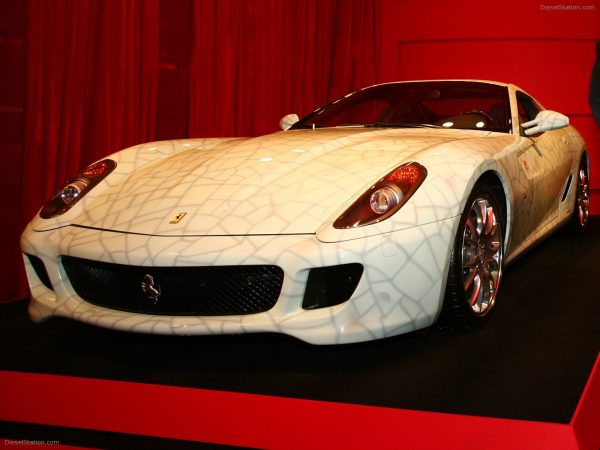
Through investing in artistic partnerships, luxury maisons are favouring the long-term effects of experiences over the one-off sales resulting from more traditional forms of advertising. In this sense, they are banking on potential consumers developing an affinity with the brand’s identity and overall vision, and in turn purchasing their goods.
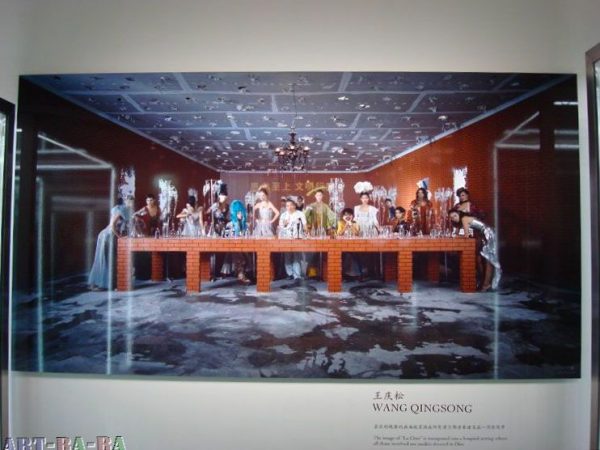
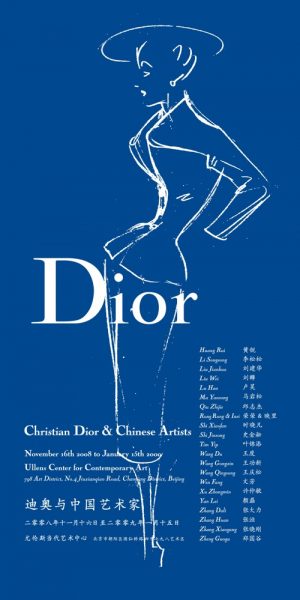
Some may feel that artists will start to become too commercial. However, commercial and philanthropic goals are not necessarily exclusive. On the contrary, they can benefit from each other as art initiatives are a crucial pillar in today’s art landscape, facilitating projects and commissions that are not possible by museums, galleries, or collectors themselves.At its best, this kind of patronage allows brands to stay relevant, relatable and fashionable, while providing artists with resources (financial and otherwise) to expand their practices.
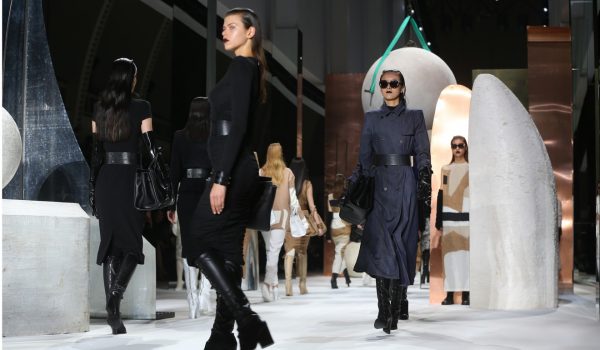
Judging from the current trend, Chinese artists are highly coveted for special commissions and short-term partnerships, they are also making their way into luxury establishments with large-scale exhibitions, residencies and prizes.
*extracted from Jing Daily
